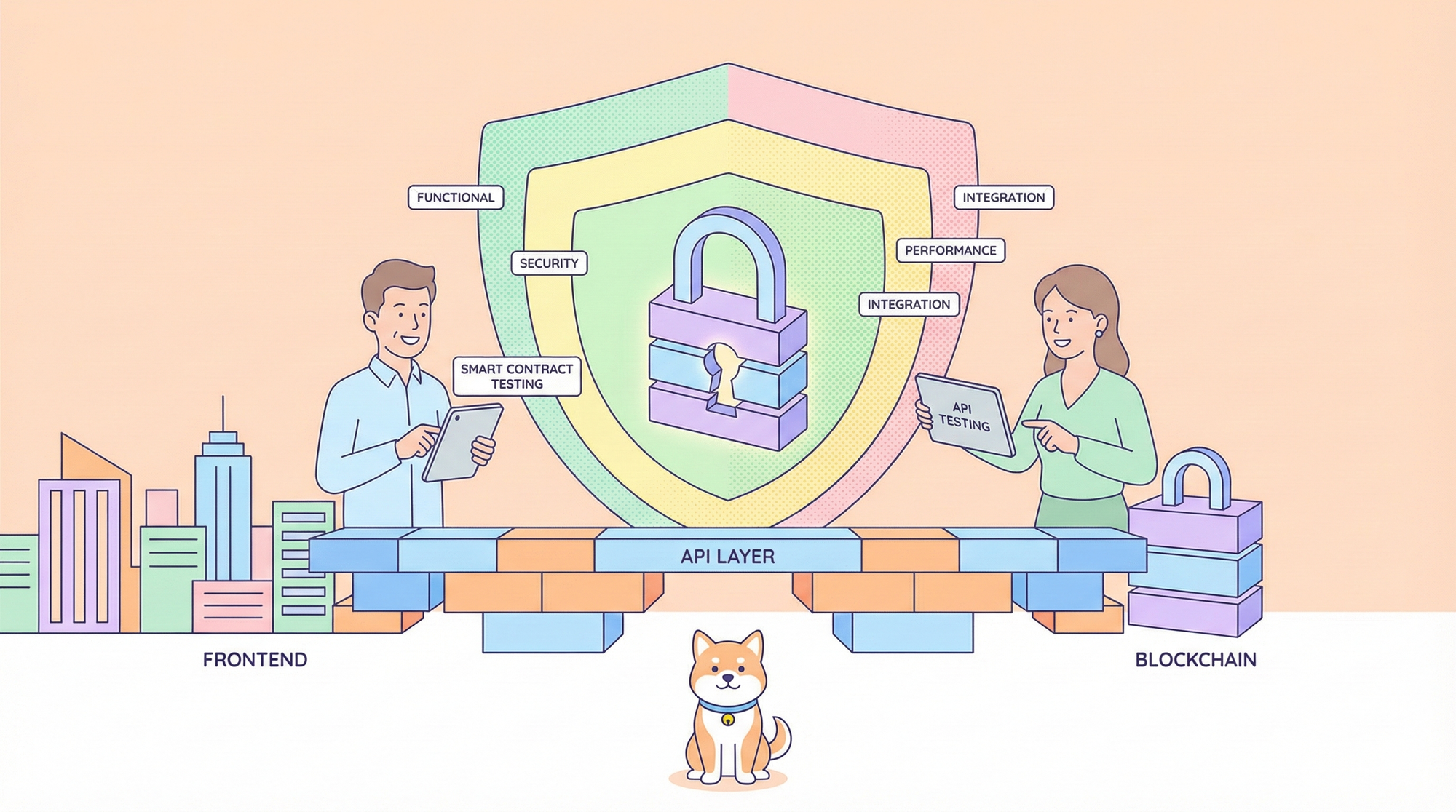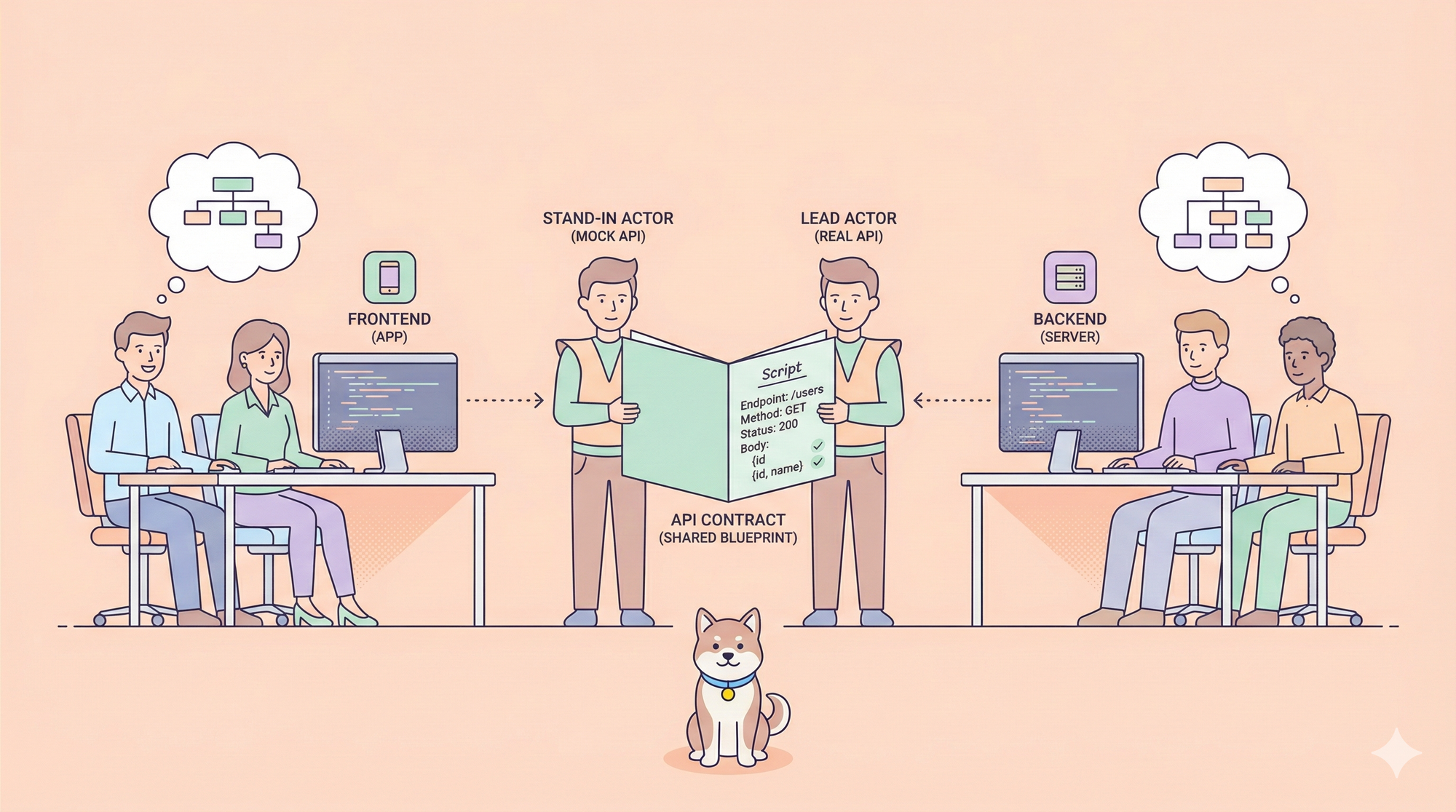Is OpenAI API Free?
In today's AI-driven world, integrating powerful language models like ChatGPT into your applications can transform how users interact with your systems. Whether you're building customer support tools, data analysis pipelines, or innovative features, the OpenAI API provides remarkable capabilities. A common question developers ask is "Is OpenAI API free?" While ChatGPT offers a free web interface, the API follows a pay-per-use model. However, you can begin with free OpenAI API credits, making it accessible to try before scaling up.
This comprehensive tutorial will guide you through everything you need to know about obtaining and using your OpenAI API key, including how to maximize any free OpenAI API access and properly manage your usage.
Can I Use GPT 4o API Key for Free?
Many developers wonder "can I use OpenAI API for free?" While OpenAI does provide some initial free credits to new users, it's technically not a completely free API in the long term. However, these initial credits allow you to explore the functionality without immediate costs, essentially providing a free OpenAI key during your testing phase.
For developers seeking to maximize their free open AI API experience, tools like APIdog can be invaluable companions. APIdog serves as a comprehensive API development platform that helps streamline your integration process with OpenAI's services.
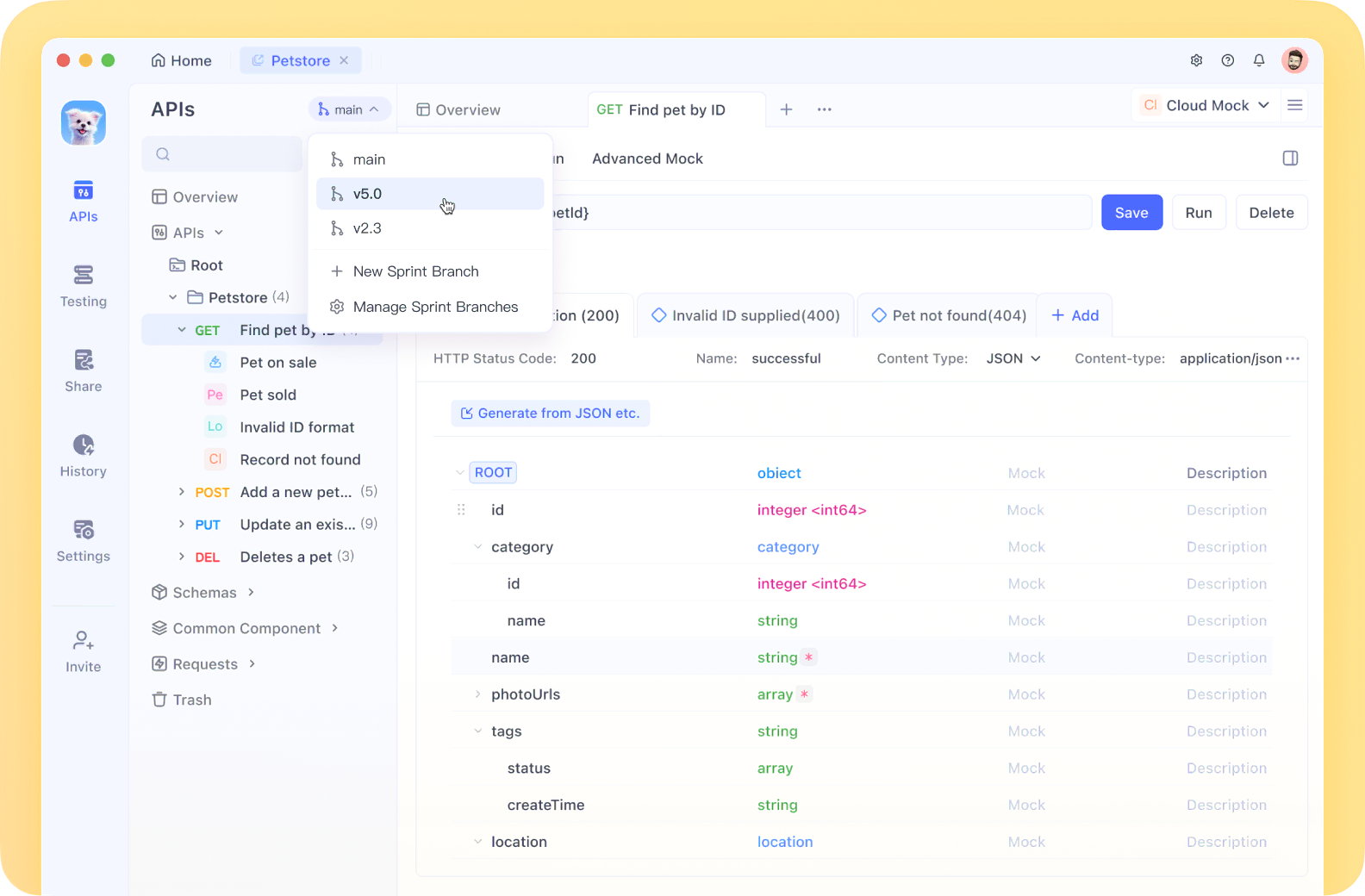
While working with your free chatGPT API keys, APIdog provides features for request testing, documentation, and monitoring usage patterns to optimize your token consumption.
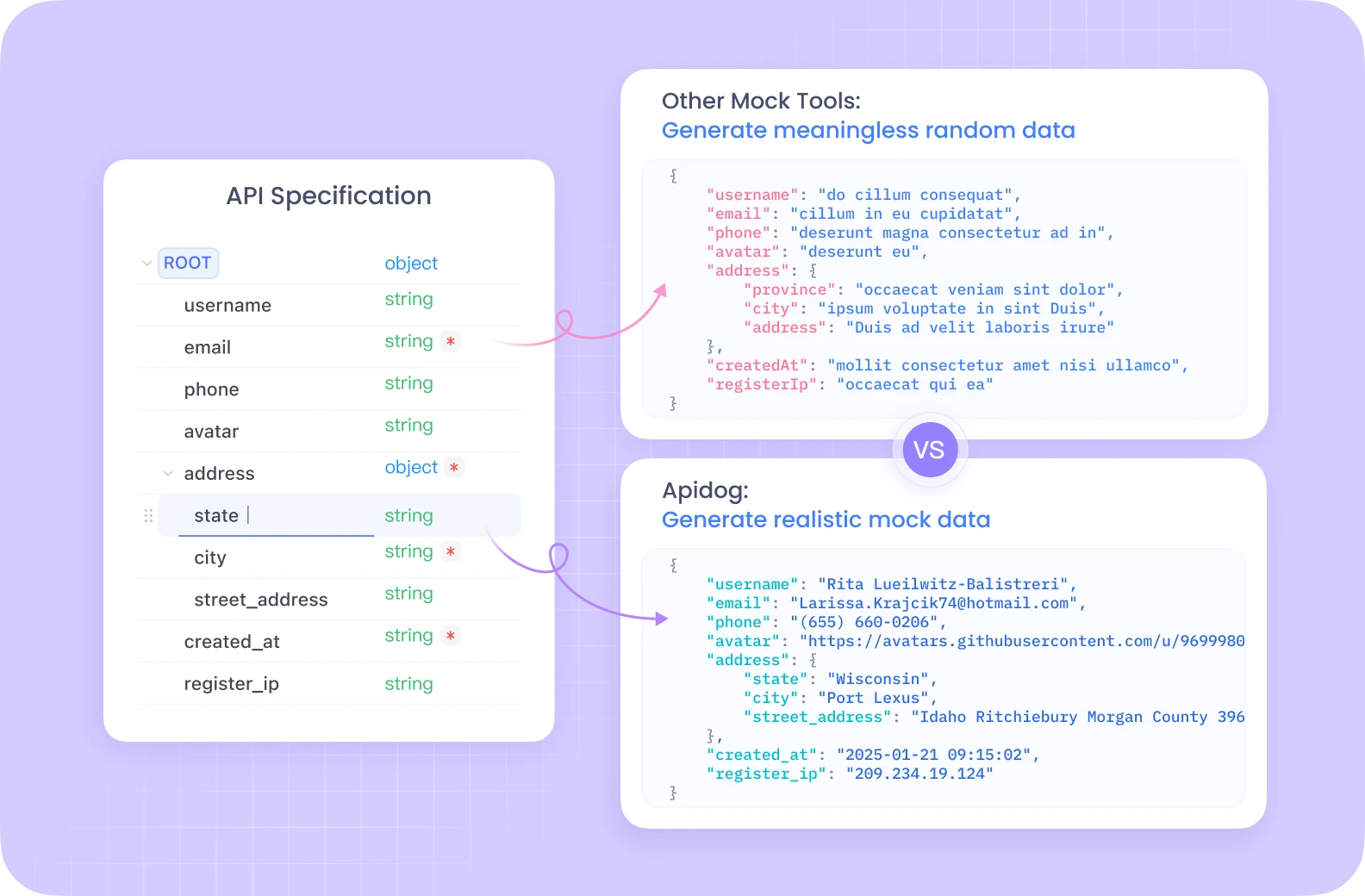
This becomes particularly important when operating under the constraints of free OpenAI keys, as proper request formatting and efficient API calls can significantly extend your free credits.
The platform also offers collaborative features that allow teams to share and manage free OpenAI API keys securely across projects, preventing accidental exposure of sensitive credentials while maintaining convenient access for authorized developers.
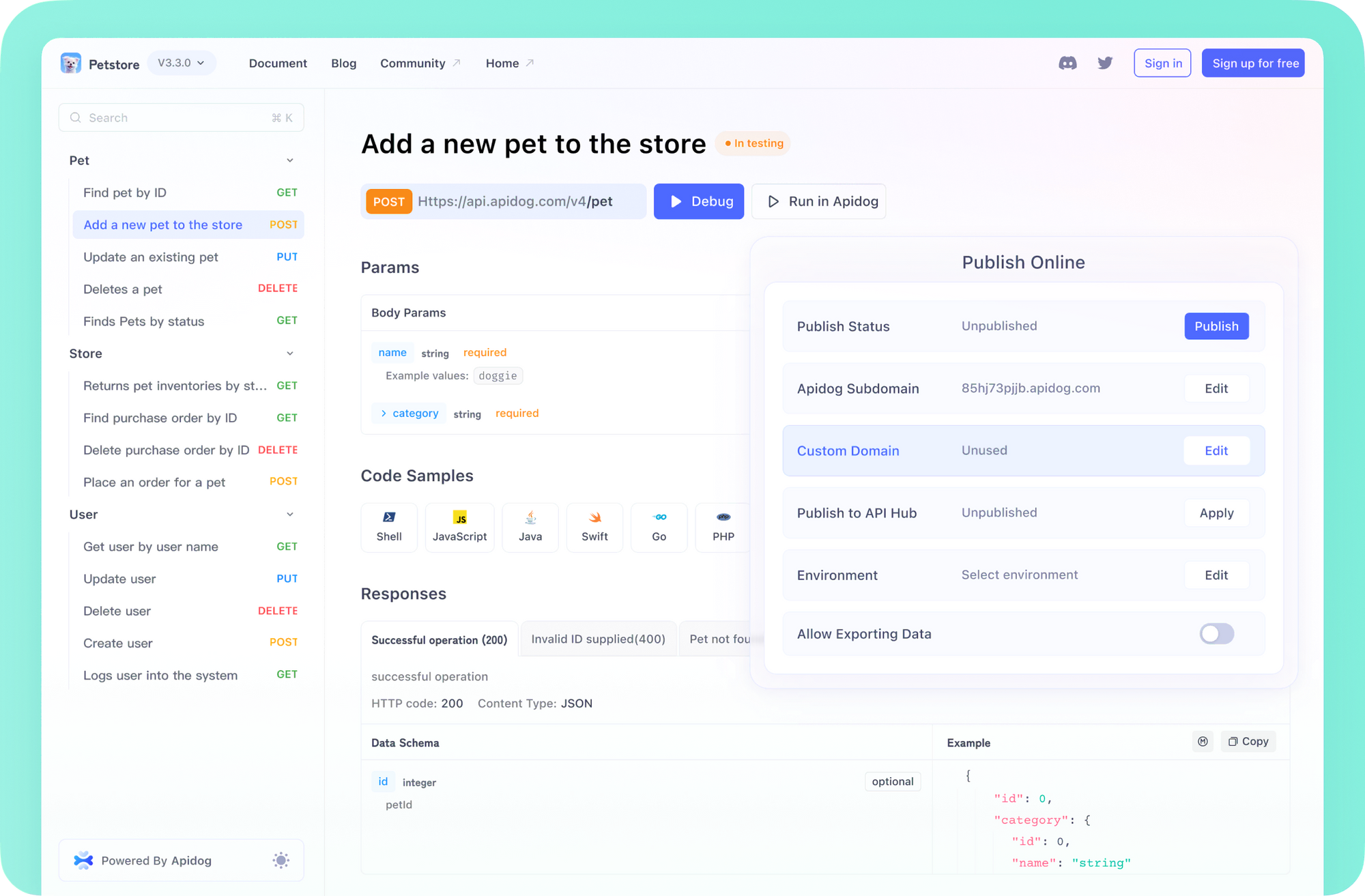
ChatGPT API Key System: Explained
While you start with some free open AI API access, understanding the pricing structure is essential for planning beyond your initial credits. OpenAI offers various models with different pricing tiers based on capabilities and token usage. Tokens represent text fragments, with approximately 750 words equaling about 1,000 tokens.
The pricing varies significantly between models, with more powerful models like GPT-4 costing more than simpler ones. For many applications, the more affordable models provide excellent results, making the API accessible even after your free openai key credits are used.
OpenAI regularly updates their pricing structure, so it's advisable to check their official website for the most current rates. This knowledge helps you maximize your free API AI access before transitioning to paid usage.
Step 1: Creating Your OpenAI Account to Access Free AI API
The journey to obtaining your free open AI API key begins with account creation. Follow these steps:
- Navigate to OpenAI's official website
- Click on the "Sign Up" button
- Fill in your details or sign up using Google/Microsoft account
- Verify your email address

The sign-up process for ChatGPT is completely free. This initial account creation gives you access to the platform where you can generate your API key. While many search for "openai api key free unlimited" options, remember that while the account creation is free, API usage beyond the initial credits will incur costs.
Step 2: Generating Your Free OpenAI API Key
Once you've created and logged into your account, follow these steps to generate your free open AI key:
- From the dashboard, locate and click on the left navigation bar
- Select "API Keys" from the menu
- Click on the "+ Create new secret key" button
- Enter a descriptive name for your key (this helps if you plan to create multiple keys for different projects)
- Click "Create secret key" to generate your free ChatGPT API key

After clicking, your new API key will be displayed on screen. This is extremely important: copy and store this key somewhere secure immediately. For security reasons, OpenAI will not show you this key again. If lost, you'll need to generate a new free open AI API keys.
Step 3: Setting Up Billing (Required for API Activation)
Even though you're starting with free OpenAI keys, setting up billing information is required to activate your API key. Without this step, your free AI API key will remain inactive. Here's how to configure billing:
- In the left sidebar menu, select "Billing"
- Click "Add payment details"

3. A pop-up window will appear asking about your user type; select the appropriate option

4. Enter your payment information and click "Continue"
5. Configure your payment settings:
- Enter an initial credit amount (between 5-100)
- Decide if you want automatic recharges
- Set a minimum balance threshold for recharges
- Specify the target balance for recharges

Click "Continue" and then "Confirm payment" on the final screen
This step enables your free AI API keys to become active. While you're required to enter payment information, you'll start with your initial free credits before any charges occur.
Step 4: Setting Usage Limits for Your Free Open AI API Keys
To ensure you don't exceed your budget after using up your free GPT API allocation, setting usage limits is crucial:
- From the left menu, select "Limits"
- Scroll down to find "Usage Limits"
- Set both hard and soft usage caps according to your budget
- Click "Save" to apply these limits

This step is vital for those looking to use the free openai api key without unexpected charges. The soft limit will notify you when you're approaching your budget, while the hard limit will prevent any additional charges beyond your set amount.
Since we are talking about
What to Do When Your Free GPT 4 Key Hit Rate Limits
Rate limits vary depending on the model you're using and your account tier. New accounts with free open AI API credits typically have lower rate limits than established paid accounts. Understanding these limits helps you optimize your application's design to work within these constraints.
When working with your free OpenAI API keys, you might encounter various error codes. Being familiar with these helps you troubleshoot effectively:
- 401 errors typically indicate authentication problems with your free openai keys
- 429 errors mean you've exceeded your rate limits
- 500 errors indicate server-side issues with OpenAI
If you see errors related to rate limits when using your free GPT API, you may need to implement techniques like request batching or introducing delays between requests.
Best Practices for Using Your Free OpenAI API
To maximize the value from your free OpenAI API key and beyond, consider these best practices:
- Optimize prompt design: Well-crafted prompts produce better results with fewer tokens, extending your free open AI keys usage
- Implement caching: Store responses for common queries to reduce redundant API calls
- Use the right model: Choose the most appropriate model for your needs; don't use GPT-4 when a simpler model would suffice
- Monitor usage carefully: Keep track of your consumption to avoid surprises when your free chatgpt api keys credits run out
- Implement retry logic: Handle temporary errors gracefully with exponential backoff strategies
By following these practices, you'll get the most value from both your free OpenAI API and paid usage later.
Alternatives to Using Free Open AI Key
If you're looking beyond your free openai api keys or need more sustainable free options, several powerful alternatives exist:
1. GPT4Free Repository
The GitHub repository xtekky/gpt4free offers an impressive free alternative to OpenAI's paid API services. This open-source project provides an Interference API that mimics OpenAI's interface while utilizing various free AI providers behind the scenes. By implementing this solution, developers can access capabilities similar to paid models at no cost. The repository includes comprehensive documentation on setting up and using their API, making it an excellent option for those seeking free gpt api functionality for development or testing purposes.
2. You.com
You.com offers AI capabilities that serve as an accessible alternative to OpenAI's services. Their AI search agent and chatbot provide natural language processing features without requiring the same payment structure as OpenAI. Many developers have successfully integrated You.com's AI features into their applications as a free openai api alternative, particularly for simpler tasks or when working within budget constraints. Their personal AI search agent can be leveraged for many of the same use cases as OpenAI's models.
Conclusion: Making the Most of Your Free OpenAI API Experience
While the question "is open ai api free" has a nuanced answer, the initial credits provide a valuable opportunity to explore and experiment. The API key setup process is straightforward: create an account, generate your key, set up billing information, and configure usage limits. This grants you access to incredibly powerful AI capabilities with minimal upfront investment.
Remember that while searching for "free api key for chat gpt" might bring you to this tutorial, the true value lies not just in the initial free credits but in what you build with them. Start small, experiment widely, and scale thoughtfully as you transition from free openai api to paid usage.
By following this guide, you'll be well-equipped to begin your journey with OpenAI's API, leveraging both free and paid resources to create innovative AI-powered solutions that enhance your applications and delight your users.

